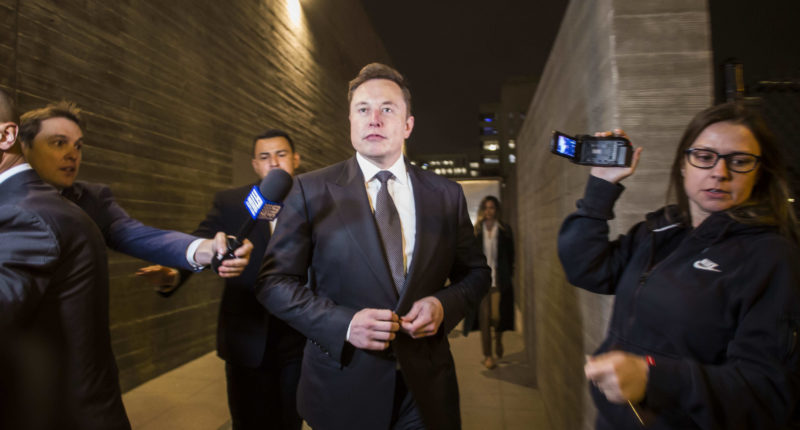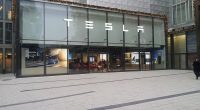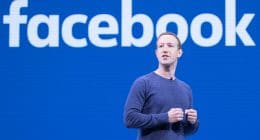Elon Musk and Twitter. These are words that seldom come together without creating some sort of confusion, surprise, or chaos (or all of them). Over the past month, Twitter has had plenty of these, and just when it seemed that it had regained some sense of normalcy, the latest developments (including the deal being put on hold) show that the streak is yet to end.
Nothing is simple when it comes to Elon Musk and Twitter, whether it be his tweets or buying the entire platform. The billionaire’s tweets have landed him in trouble with the SEC earlier, and now, the same landed him in hot waters with Twitter’s legal team.
The Tesla and SpaceX executive said that he had been accused of the violation of a non-disclosure agreement (NDA) by revealing that the sample size used by the popular micro-blogging site to check for bots is 100.
A NDA is a legal contract (or part of one) that creates a “confidential relationship” between a party who has sensitive information and another who wishes to gain access to the same. Under a confidential relationship, the party or parties should not share the information. Musk’s violation of the same is likely to have consequences, though nothing of the sort was mentioned.
This development is the direct sequel to the $44 billion deal of the acquisition of Twitter being put on hold. Musk tweeted that the same was done “pending details supporting calculation that spam/fake accounts do indeed represent less than 5% of users.” Musk had added that he was still committed to acquiring the platform to unlock its “extraordinary potential.”
Continuing the thread, Musk informed that his team would test “a random sample of 100 followers” on the platform, and invited other users to repeat the same process and see what they discovered. Answering a user’s request to elaborate on the process, Musk informed that he had picked 100 as the sample size since that is what Twitter uses to calculate “<5% fake/spam/duplicate.” He added that he is yet to see any analysis showing that less than 5% of Twitter accounts were operated by bots, and surmised that the percentage might be over 90% of daily active users (DAUs).
Twitter legal just called to complain that I violated their NDA by revealing the bot check sample size is 100!
This actually happened.
— Elon Musk (@elonmusk) May 14, 2022
Twitter deal temporarily on hold pending details supporting calculation that spam/fake accounts do indeed represent less than 5% of usershttps://t.co/Y2t0QMuuyn
— Elon Musk (@elonmusk) May 13, 2022
Musk took another shot at the platform’s algorithm, tweeting that it manipulated users in ways they did not recognize. Jack Dorsey, former CEO of Twitter, replied that it was designed to save time when users are away from the app for a while.
Responding to another user’s accusation that it was designed for manipulation, Dorsey clarified that it was designed to “catch you up and work off what you engage with.”





